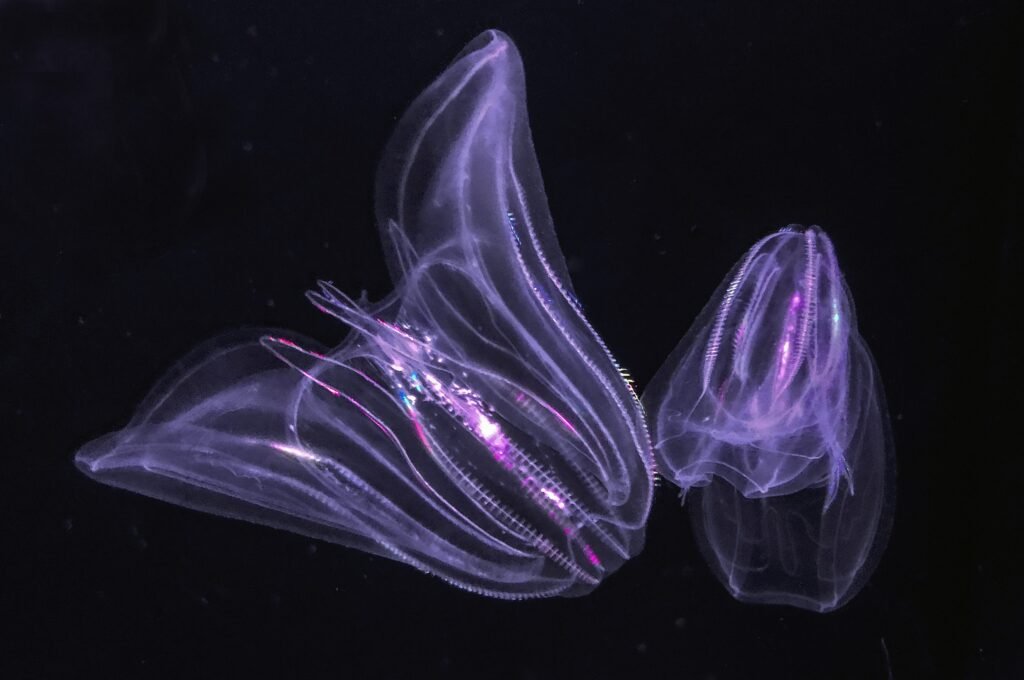Scientists identified 30 pathogens that can trigger next pandemic
Scientists have identified pathogens increased to 30 which can start the next worst pandemic in a new concerning research. Pathogens are infectious agents that spread disease.
The World Health Organization (WHO) has also designated the Influenza A Virus, Dengue Virus, and Monkeypox Virus as “priority pathogens” in its updated list.
However, this list aims to support research and development activities for medications, vaccines, and diagnostics for giant diseases caused by priority pathogens.

Hence, the WHO created the list using data that showed the infections were dangerous and severe. There was no achievable therapy at this time.
Ana Maria Henao Restrepo is head of the R&D Blueprint for Epidemics of WHO. She stated process of prioritization helps identify critical knowledge gaps that need immediate handling.
Neelika Malavige is an immunologist at the University of Sri Jayewardenepura in Colomba, Sri Lanka. She stated it was necessary to revisit the WHO’s list over and over again amidst turbulent global changes.
More than 200 scientists evaluated over 1,652 pathogen species including bacteria and viruses. After a detailed study, scientists also identified 30 priority pathogens to be included in the list.

The list included SARS-CoV-2, the virus that caused the global COVID-19 pandemic, and Mebecovirus. Mebecovirus is the virus that causes Middle East respiratory syndrome (MERS).
| Pneumoniae | Shigellosis | Marburg virus | West Nile Virus | Nipah virus | Monkeypox |
| Lassa Fever | Salmonella | Zika virus | Hantavirus | SFTS Fever | Chikungunya virus |
| Argentine Hemorrhagic Fever | MERS | Dengue fever | Crimean Congo Hemorrhagic Fever | Rift Valley Fever | Borna disease virus |
| Cholera | SARS (Severe Acute Respiratory Syndrome) | Yellow fever | Bird flu (H1 to H10) | Smallpox | Lentivirus |
| Plague | Ebola | Tick-borne encephalitis | Swine flu (H1 to H3) | Pox virus | HerpesHPVParvovirus |
Click here to read the updates on Scientists found 13 new viruses in Antarctica that impact humans
The updated WHO list now includes the monkeypox virus which caused a worldwide outbreak in 2022. Despite its elimination in 1980, its relative, the variola virus, which causes smallpox is present in the list of pathogens.
Since people are no longer immunized against it, they are not growing immune to it. Immunologist Neelika Malavige warned that terrorists can use the smallpox virus as a “biological weapon.”
Moreover, six influenza A viruses including H5 have their names in that list. This virus also caused an outbreak in cattle in the United States. Others include the Nipah virus, bird flu, cholera, and yellow fever.
Read More:
- Sea creature turns into a baby when it is stressed out showing time travel
- Realme Narzo 70 Turbo 5G launch date, features, specifications & price
- European Space Agency printed 3D metal part in space for first time
- Earth’s mysterious Alaska triangle where over 20,000 people disappeared
- Philips Hue launched a new smart lighting solution for kitchen
- NASA to launch life-searching spacecraft to Jupiter’s moon Europa
Share this content:










Post Comment